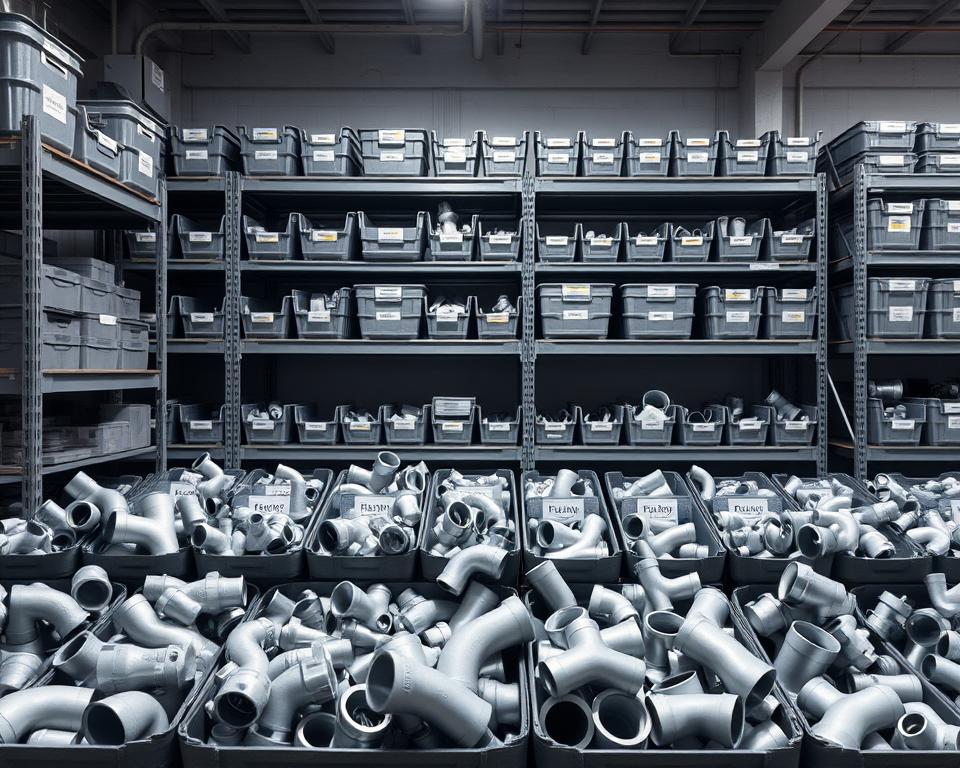Your Manual to Superior denim Edge-to-Edge Textile
Have you ever pondered the reason certain pants seem like they’re built for endurance the ages? Everything revolves around the elements and artistry. For example, the increasing movement of superior selvedge. It’s not merely ordinary textile—it attests to quality and tradition.
Currently, increasingly more individuals are opting for these everlasting materials for their sturdiness and iconic ewingfly denim allure. Whether you’re a home sewing sewist or a denim aficionado, there’s an exceptional aspect about working with high-quality cotton and stitching. It’s not just about creating pants; it’s about producing something that tells a story.
Here at Core Fabrics, we’ve assembled a selection of 14.25oz eco-friendly cotton and flexible choices. Such textiles are ideal for all from raw trousers to high-fashion jacket blueprints. Prepared to dive into the world of exceptional fabrics? Let’s jump right in.
Defining Denim Selvedge Fabric?
Why do some jeans stand out with their distinctive, naturally edged edges? The answer resides in the selvedge denim, a superior textile renowned for its enduring strength and vintage charm. Unlike standard textiles, this type of fabric is crafted with traditional methods that have stood the test of time.
What Selvedge Denim Means
Selvedge denim is created with vintage shuttle looms, which produce narrow widths of about 30-35 inches. The looms interlace the textile in a method that delivers self-finished seams, often highlighted by a characteristic red line. Such a process guarantees the material is tightly woven and extremely robust.
Current looms, in contrast, yield broader material but do not offer the same level of craftsmanship. Minor flaws in selvedge, like twists in the leg or uneven textures, are accepted as elements of its beauty. This ideology, known as “the beauty of imperfection”, exalts the beauty of organic flaws.
How Selvedge Denim Is Made
The manufacturing of selvedge denim entails a exacting process. Traditional shuttle looms weave the filling yarns alternately, forming a compact and robust textile. This method contrasts with new-age looms, which prioritize speed and efficiency over quality.
Brands like Karson Denim maintain traditional Japanese methods from the 1990s. They deliberately incorporate flaws to preserve the authenticity of the fabric. All products is evaluated on a four-point system, ensuring it satisfies the highest standards of quality.
| Characteristic | Selvedge Denim | Modern Denim |
|---|---|---|
| Measure | 30-35 inches | 60+ inches |
| Fabrication Method | Traditional Shuttle | Contemporary Loom |
| Surface | Uneven, Imperfect | Even |
| Sturdiness | Superior | Moderate |
“The charm of selvedge resides in its natural irregularities—each flaw tells a story artistry and heritage.”
The History of Selvedge Denim
From humble beginnings to global acclaim, the narrative of these textiles is multifaceted and motivational. What started as hardwearing clothing in the 17th-century France transformed into a mark of everlasting fashion and craftsmanship.
Beginnings in Craftsmanship
The foundation of this material reaches back to Nîmes, France, where it was referred to as “serge de Nîmes.” Initially created for the working class, it was constructed with robust cotton and stitching. Its durability ensured its popularity among the workforce during the historic Gold Rush.
During the twentieth century, it had become a cornerstone for jeans. The ending of the Cone Mills White Oak facility became a pivotal moment. This shift opened the door for Japanese craftsmen to revive classic fabric-making practices.

Evolution in Modern Denim Production
After World War II, Japan developed a deep appreciation for retro American culture. Artisans revitalized old looms to produce genuine reproductions. This devotion to craftsmanship secured the survival of selvedge as a niche product.
Currently, breakthroughs from Italy and Turkey have launched eco-friendly blends and stretch options. These advancements have expanded the allure of this classic material. Within Core Fabrics, we gather worldwide, from Montréal to Asia, to deliver to you the finest excellence.
“The history of selvedge is a celebration of the enduring value of excellence and heritage.”
Why Choose Selvedge Denim?
What makes selvedge denim shine in the realm of premium materials? Its special characteristics and exceptional longevity have made it beloved among lovers and creatives alike. Be it that you are sewing jeans or a tailored jacket, this fabric offers a mix of tradition and contemporary charm.
Unique Qualities of Selvedge Fabric
Selvedge denim is known for its firm interlacing, which enhances tear resistance and wear patterns. Differing from regular textiles, denim selvedge fabric is produced using classic shuttle looms, yielding a denser and extra robust fabric. Such a process guarantees that each piece has a singular finish and character.
Notable attributes are:
- Textured, firm raw denim contrasts with pre-washed comfort stretches.
- Sanforization stabilizes the fabric for consistent measurements, while untreated fabrics provide a dynamic fitting process.
- Weight options range from 9.5oz Eco Finish to 14.25oz Organic, meeting different needs.
Robustness and Endurance
One of the key attributes of selvedge denim is its enduring nature. The tighter weave not only increases durability but also allows for distinctive color fades over time. This makes it a wise purchase for those seeking enduring style.
Main considerations:
- 12-14oz weights are ideal for structured jackets and jeans that soften with age.
- Opt for the 14.25oz True Indigo for traditional jean lifespan.
- Sustainable variants such as recycled cotton combined with indigo blends enhance eco-friendliness.
At Core Fabrics, our collection includes a variety of options to suit your needs. Spanning from raw finishes to sanforized treatments, each selection is designed for superior quality and value.
Selvedge vs. Wide Denim: A Comparison
For making long-lasting and trendy pieces, the decision of fabric is pivotal. Two common choices include selvedge and wide denim, both offering different features. Understanding their differences can help you choose the best option for your endeavor.
Key Differences in Weaving Techniques
Selvedge denim is crafted with time-honored shuttle looms, yielding slim widths of 30-35 inches. This striped selvedge denim fabric method forms secure finishes, often featuring a signature red line. Conversely, wide denim employs advanced projectile looms, resulting in spans of 60+ inches.
Old-style shuttle looms yield roughly 3m per minute, while modern projectile looms reach speeds of 30 meters per minute. Such speed differences influence both the cost and the surface quality of the outcome.
Pros and Cons of Each Type
Selvedge denim is renowned for its high-end construction and robustness. Its slender dimension makes it ideal for creations where exposed edges or decorative patches are required. However, it can be more expensive, typically around $23 per meter.
Wide denim is more cost-effective, priced around $8 per half-meter. Its wider width reduces waste, ideal for large projects like furniture covering. However, it lacks the unique edge finish of selvedge.
| Characteristic | Selvedge Denim | Wide Denim |
|---|---|---|
| Span | 30-35 inches | 60+ inches |
| Method | Shuttle Loom | Projectile Loom |
| Production Speed | 3m/min | 30 meters per minute |
| Cost | $23/meter | $8/half-meter |
For structured edges, like those needed in Grainline Thayer jackets, selvedge is the preferred choice. Conversely, wide denim is ideal for extensive projects due to its efficiency. Consider your project needs to make the best decision.
How to Use Selvedge Denim
Utilizing superior fabrics can transform your sewing endeavors. Whether you are creating pants, outerwear, or dresses, knowing how to measure, sew, and care for the material secures expert outcomes. We will examine ways to best utilize this timeless material.
Fabric Quantities for Your Projects
When planning your project, calculating the right amount of material is crucial. Men’s jeans typically require roughly 3-3.3 yards, factoring in flaws and potential shrinkage. Trucker jackets typically require 3.3 yards, while skirts can be made with just 2 yards.
Creative pattern placement can help manage imperfections in the material. Rather than avoiding imperfections, incorporate them into your pattern for distinctive style.
| Project | Required Yardage |
|---|---|
| Jeans for Men | 3-3.3 yards |
| Trucker Jacket | 3.3 yards |
| Dress | 2 yards |
Tips for Sewing and Care
Employing proper equipment and methods leads to an impeccable finish. Choose #70–110 pins and foot accessories designed for heavy materials. For contrast stitching, Gütermann rPET thread is a reliable choice.
Additional advice includes:
- A tailor’s clapper helps deliver defined creases without unwanted shine.
- Our denim kits from Core Fabrics comprise topstitch thread, rivets, and 9mm jeans buttons to ensure a refined result.
- When sturdy borders are needed, such as in jackets, selvedge is optimal.
Proper care extends the life of your creations. Use minimal washing and opt for air drying to preserve fabric quality. Adhering to these practices will sustain your creations for years.
Conclusion
Using superior fabrics goes beyond mere durability—it’s about instilling personality. Selvedge denim exemplifies this principle, fusing handcrafted appeal with enduring excellence. From jeans to tailored jackets, every stitch of this material conveys a narrative.
Core Fabrics simplifies your creative journey. Our swatch service lets you touch and test the fabric before deciding. Additionally, benefit from complimentary shipping on orders exceeding $150 USD throughout North America.
Looking ahead, eco-friendly blends and vintage washes are shaping the future of cotton textiles. They open fresh avenues for merging sustainability with chic style.
Ready to dive into the world of premium materials? Start shopping today to experience purposeful design. Your next project could be a timeless piece that lasts for years to come.


